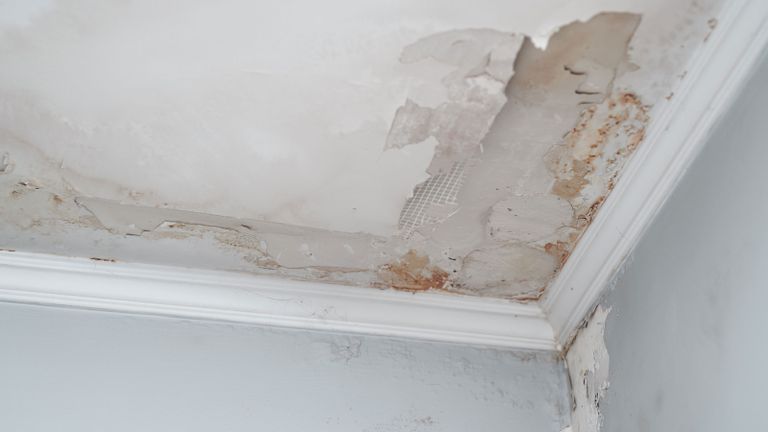Do's & Don'ts of Water Restoration.
Do's & Don'ts of Water Restoration.
Blog Article
Just how do you actually feel when it comes to Ways to Reduce The Risk Of Fire And Water Damage?

Water provides life, water intrusion on components where it's not supposed to be can result in damage. Houses with water damages scent old and moldy.
Water can originate from many sources such as tropical cyclones, floodings, ruptured pipelines, leakages, and also sewage system concerns. In case you experience water damages, it would certainly be excellent to recognize some safety and security preventative measures. Below are a couple of guidelines on just how to manage water damages.
Do Prioritize House Insurance Coverage Protection
Water damage from flood as a result of hefty winds is seasonal. Nevertheless, you can also experience an abrupt flooding when a faulty pipeline unexpectedly bursts right into your house. It would certainly be best to have home insurance coverage that covers both acts of God such as all-natural calamities, as well as emergency situations like broken plumbing.
Do Not Neglect to Turn Off Energies
This reduces off power to your whole residence, protecting against electric shocks when water comes in as it is a conductor. Don't neglect to turn off the main water line valve.
Do Stay Proactive as well as Heed Weather Informs
Storm floods can be extremely unpredictable. If there is a background of flooding in your neighborhood, stay ready and positive. If you live near a creek, river, or lake, pay attention to discharge cautions. Obtain prized possessions from the very beginning and also cellar, after that placed them on the greatest feasible level. Doing so decreases potential home damage.
Don't Disregard the Roof
You can prevent rainfall damage if there are no openings and also leaks in your roof. This will certainly prevent water from flowing down your wall surfaces and saturating your ceiling.
Do Focus On Small Leakages
A burst pipeline doesn't take place overnight. Usually, there are warnings that indicate you have actually compromised pipelines in your home. You might see gurgling paint, peeling wallpaper, water streaks, water spots, or leaking audios behind the wall surfaces. Eventually, this pipe will break. Preferably, you should not wait for things to escalate. Have your plumbing repaired before it results in enormous damage.
Do Not Panic in Case of a Burst Pipe
When it comes to water damages, timing is essential. Hence, if a pipeline ruptureds in your house, immediately closed off your major water shutoff to reduce off the source. Call a respectable water damage remediation specialist for aid.
Water provides life, water breach on components where it's not expected to be can result in damage. Residences with water damage scent old as well as musty.
Water damage from flooding dues to hefty winds is seasonal. You may observe bubbling paint, peeling off wallpaper, water touches, water spots, or trickling sounds behind the walls. When it comes to water damage, timing is vital.
Some Do's & Don't When Dealing with a Water Damage
DO:
Make sure the water source has been eliminated. Contact a plumber if needed. Turn off circuit breakers supplying electricity to wet areas and unplug any electronics that are on wet carpet or surfaces Remove small furniture items Remove as much excess water as possible by mopping or blotting; Use WHITE towels to blot wet carpeting Wipe water from wooden furniture after removing anything on it Remove and prop up wet upholstery cushions for even drying (check for any bleeding) Pin up curtains or furniture skirts if needed Place aluminum foil, saucers or wood blocks between furniture legs and wet carpet Turn on air conditioning for maximum drying in winter and open windows in the summer Open any drawers and cabinets affected for complete drying but do not force them open Remove any valuable art objects or paintings to a safe, dry place Open any suitcases or luggage that may have been affected to dry, preferably in sunlight Hang any fur or leather goods to dry at room temperature Punch small holes in sagging ceilings to relieve trapped water (don't forget to place pans beneath!); however, if the ceiling is sagging extremely low, stay out of the room and we'll take care of it DO NOT:
Leave wet fabrics in place; dry them as soon as possible Leave books, magazines or any other colored items on wet carpets or floor Use your household vacuum to remove water Use TV's or other electronics/appliances while standing on wet carpets or floors; especially not on wet concrete floors Turn on ceiling fixtures if the ceiling is wet Turn your heat up, unless instructed otherwise

As an enthusiastic reader about Preventing Fires and Water Damage In Your Home, I was thinking sharing that portion was essential. Sharing is good. You never know, you could be helping someone out. Many thanks for going through it.
Report this page